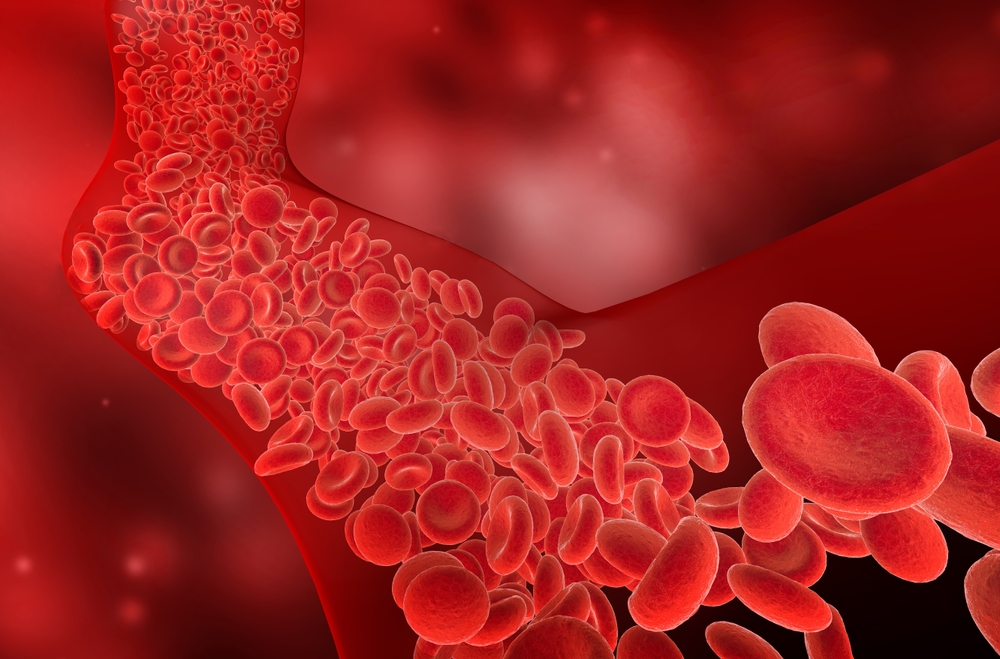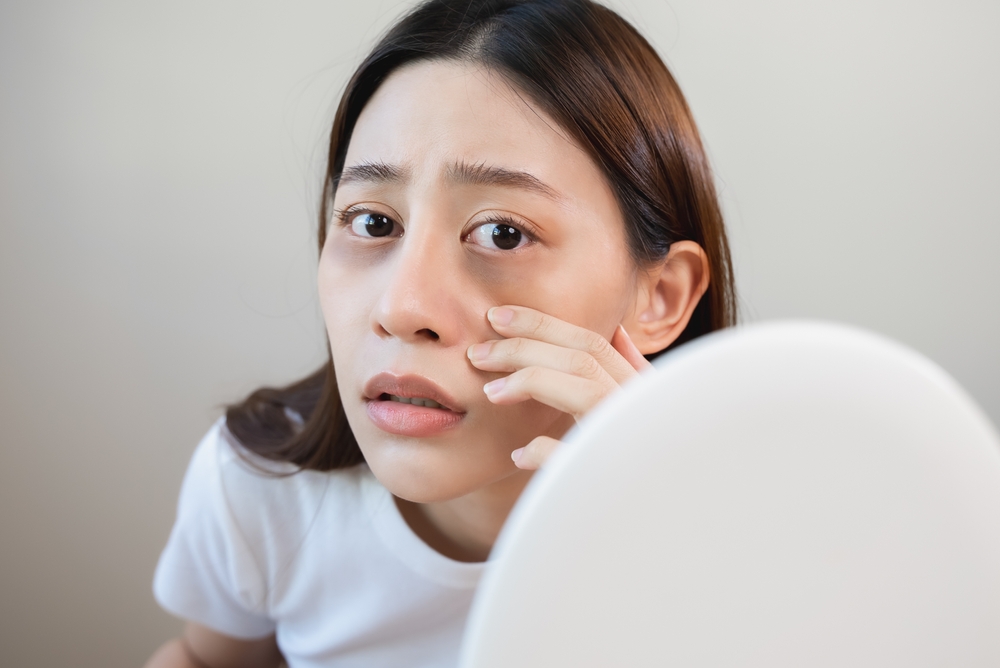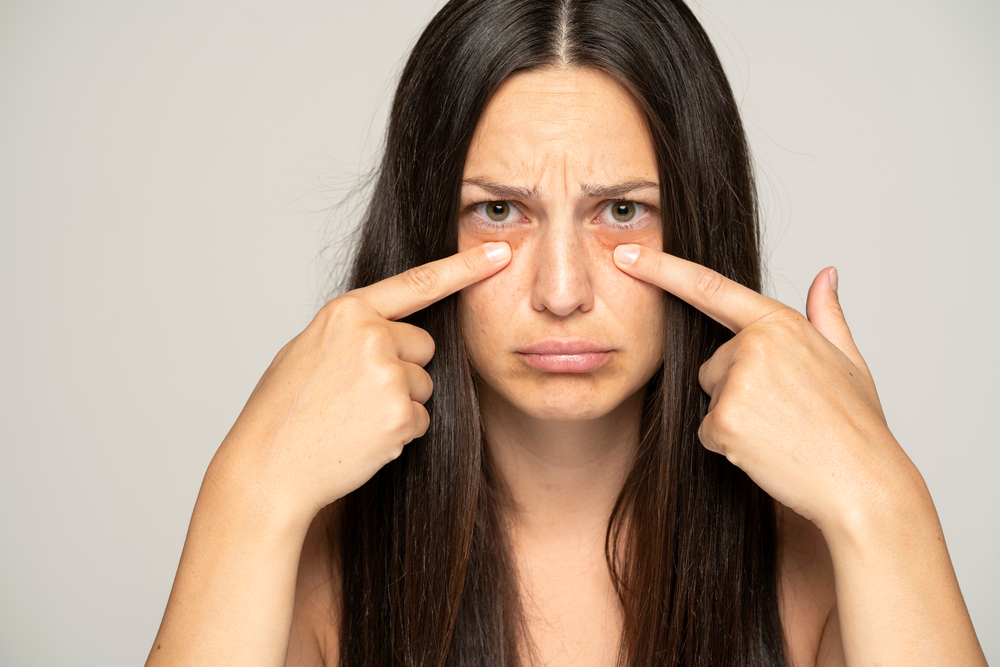Under-eye circles and bags can be frustrating and difficult to conceal. While most under-eye concerns are cosmetic—caused by factors like lack of sleep or aging—persistent or worsening under-eye issues may sometimes signal other underlying health concerns. Below, we explore common causes and dispel some myths to provide a balanced perspective.
Thin Skin and Visible Blood Vessels

The skin beneath our eyes, known as the periorbital area, is thin and delicate, which makes the blood vessels underneath more visible. As skin naturally loses collagen and elasticity with age, these underlying blood vessels may show through, creating a bluish or dark tint. Fortunately, this discoloration is typically cosmetic and does not indicate any health issue.
Under-Eye Hyperpigmentation

Hyperpigmentation, unlike thin skin and pronounced blood vessels, can have many causes. It can occur both spontaneously or systematically, progressing over time. The most common causes of hyperpigmentation are:
- Sun exposure
- Genetic pigmentation
- Allergic dermatitis
- Edema/swelling
- Hormones
- Aging
Some hyperpigmentation may also occur alongside mild swelling (edema), which can darken the appearance of the skin. Generally, these issues are harmless and can often be improved with lifestyle changes like sun protection and managing allergies.
Under-Eye Bags

Swelling under the eyes, or “bags,” is a common condition that becomes more noticeable with age. In younger individuals, these bags are often due to allergies, illness, or fluid retention. With age, collagen naturally degrades, and the delicate skin loses elasticity, leading to sagging or puffiness. Although a lack of sleep may make bags under the eyes appear more pronounced, there is no scientific proof that it directly causes chronic under-eye bags.
Possible Health Indicators
While under-eye circles and puffiness are primarily cosmetic, persistent or worsening symptoms may occasionally indicate circulation issues, iron deficiency, or food sensitivities. For example:

- Poor Circulation: Reduced blood flow can contribute to a darker appearance under the eyes. Light pressure on the area may cause it to look lighter momentarily if circulation is involved.
- Iron Deficiency: Anemia, or low iron levels, can sometimes cause a pale complexion and make dark circles more visible, especially if accompanied by symptoms like fatigue or dizziness. A blood test is necessary to confirm this.
- Allergies and Sensitivities: Allergies to food or environmental triggers can cause puffiness or discoloration under the eyes, particularly if accompanied by itching or redness.
Conclusion
In summary, while under-eye circles and bags are often due to natural or cosmetic causes, they can sometimes reflect underlying health conditions. If under-eye issues persist, it’s best to consult a healthcare professional to identify potential causes. Addressing these factors early can help you achieve a healthier appearance and peace of mind.

